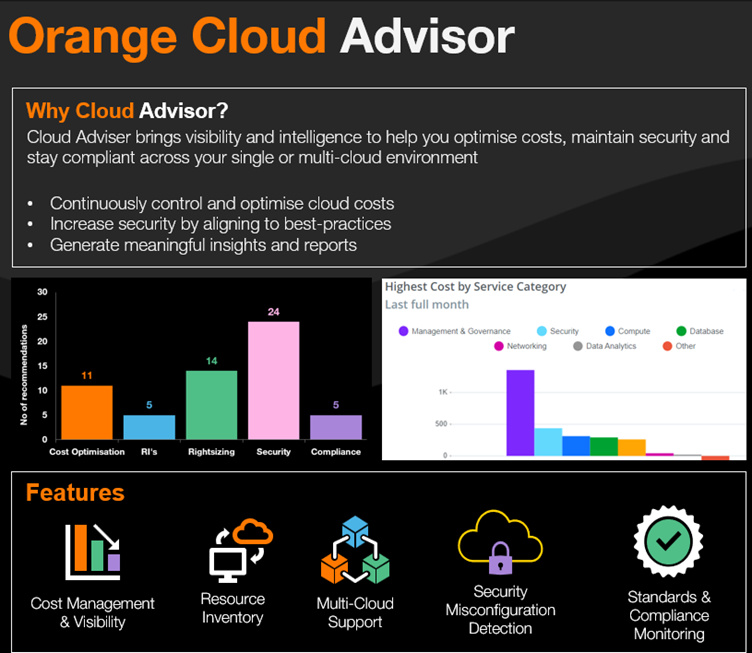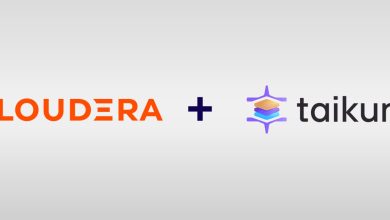What Does it Take to Build a Compliant Cloud Environment Today?

Could cloud migration be one of the ultimate paradoxes in enterprise technology? On the one hand, it is the gateway to agility, innovation and global reach. On the other hand, it’s a Pandora’s box of regulatory hurdles and compliance issues, especially when workloads span multiple clouds in disparate legal landscapes. For many organisations today, the question is no longer whether the cloud is right for their business, but whether their business is ready for the complex requirements that come with it.
With cyber threats evolving faster than regulations can catch up, compliance serves as both a shield and a compass. It protects against breaches, fosters trust in an age of scepticism, and ensures that businesses can thrive without compromising their values or their data.
Managing Data in a Fragmented Regulatory Landscape
What are the biggest compliance challenges today? In a world where hybrid and multi-cloud environments are becoming the norm, enterprises face the daunting task of keeping tabs on their data—where it is stored, who is accessing it and whether it complies with a number of local and regional regulations.
The Asia Pacific region showcases this complexity, with regulations such as Malaysia’s PDPA requiring businesses to comply with strict consent standards and heightened oversight of sensitive personal data, while Singapore enforces immediate breach notifications and imposes substantial fines for non-compliance. Meanwhile, regional players such as China and Vietnam add layers of complexity with restrictions on outbound data transfers and unique local mandates. In a region where definitions of “data breach” vary widely, staying compliant means navigating a patchwork of laws where even small missteps can lead to significant consequences—all this, in addition to local or industry-specific regulations that businesses must also adhere to.
Staying Compliant in a Digital-First World
The pressure to stay compliant is mounting, with regulations becoming more stringent with the acceleration of digital transformation. People want greater control over their data and governments are stepping up to enforce tighter policies. Navigating this maze of regulations and keeping up with technological advancements can feel like an uphill battle.
Best Practices for Seamless Compliance
Successfully navigating the complexities of cloud compliance requires a balance of strategy and flexibility. With its deep expertise in guiding businesses through cloud solutions, Orange Business outlines essential best practices to help ensure your cloud environment stays compliant while effectively managing risk:
- Understand the regulatory landscape – Compliance starts with knowledge. Know the regulations specific to your industry—PDPA, RMIT, GDPR, PCI DSS—and align your cloud environment accordingly. Stay vigilant by conducting regular reviews to keep up with evolving rules across jurisdictions.
- Data encryption at every step – Encrypt data both at rest and in transit to ensure that sensitive information remains protected no matter where it resides or how it is accessed. Make encryption key management a priority, whether the responsibility lies with your cloud provider or your team.
- Real-time monitoring and logging – Enable continuous monitoring to detect incidents instantly. Log every activity and securely protect and store it for audit purposes. This transparency builds accountability while providing protection against potential breaches. A tool like Orange Cloud Advisor can take your security monitoring a step further by not only providing real-time vigilance but also ensuring total compliance with over 30 industry frameworks and standards such as CIS, NIST 800-53, PCI and HIPAA through detailed mapping of best practice checks.
- Data residency and governance – Data must not only comply with industry standards but also respect geographical data residency rules. Establish a strong governance framework with clear policies for data retention, deletion, and lifecycle management to ensure data integrity and compliance.
- Regular audits and assessments – Conduct both internal and third-party audits to assess the health of your cloud environment. Vulnerability assessments and penetration tests should become routine and help you proactively identify and address gaps in security or compliance issues.

With Orange Cloud Advisor, you no longer have to worry about managing multi-cloud environments across scattered tools. From giving you complete visibility of your cloud instances to automating processes and optimising costs, it’s a single solution that ensures compliance while integrating with your security policies seamlessly.
Click here to learn more and see how Orange Business can simplify your multi-cloud journey.




